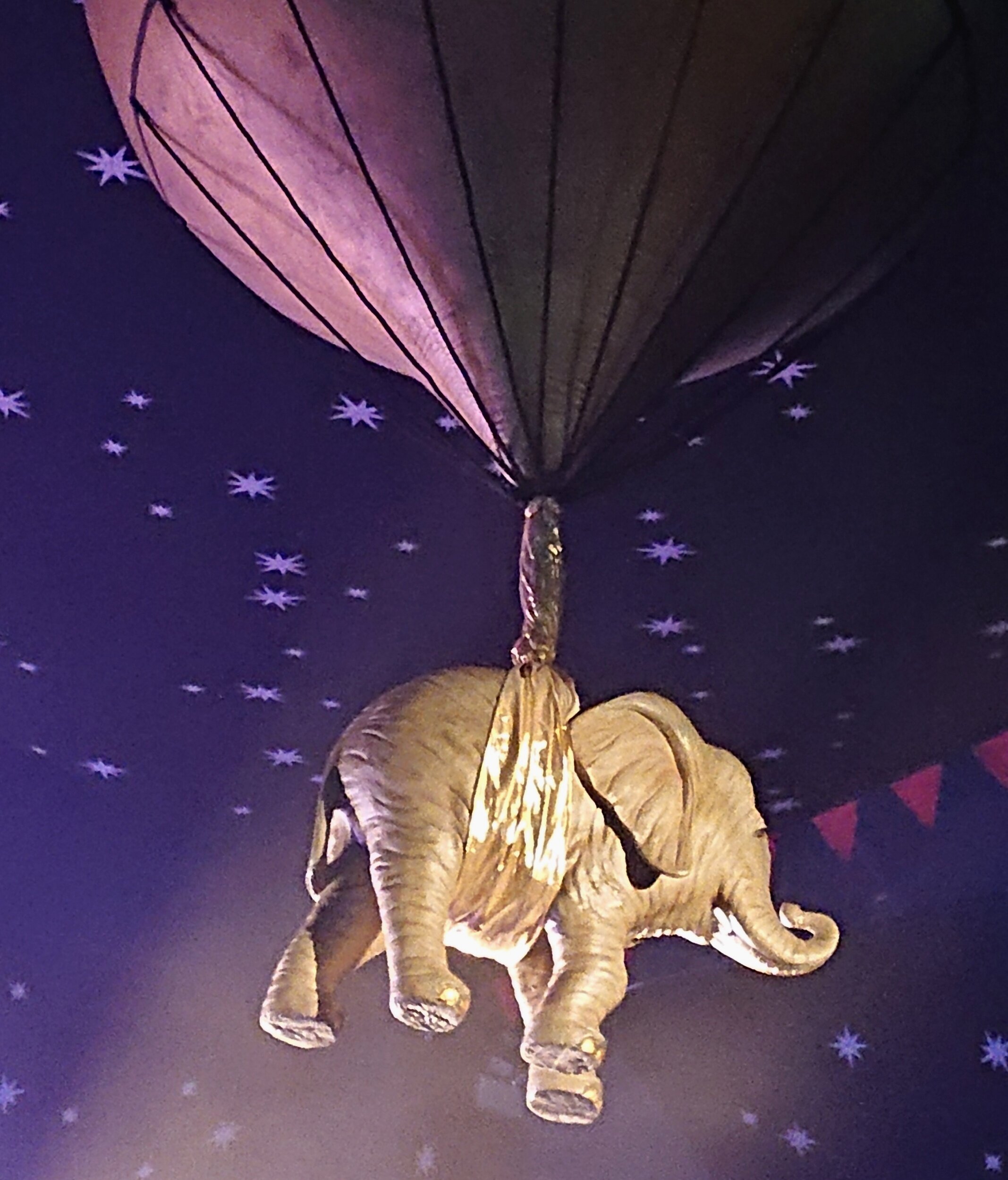This week, inspired by the Drabble Harvest contest, I have been writing drabbles. This isn’t something I’ve tried to do before.
What’s a Drabble?
If you’ve not heard of a drabble, it’s defined as a story of exactly one hundred words. According to Wikipedia, the form originated with Birmingham University’s SF society in the 80s, and takes its name from Monty Python. It does not, as I’d previously assumed, appear to have anything to do with Margaret Drabble.
Some definitions also restrict the title to no more than fifteen words. I suspect this is because people were trying to hide extra story in the title!
(Completely irrelevantly: yes, I do often phrase my sub-headings in blog posts as questions, purely because I enjoy the deranged way this font renders question marks. Thank you for asking.)
How NOT TO Write a Drabble
A someone who has only just begun to experiment with the form, I’m clearly no expert. However, initial attempts have led me towards a very definite conclusion:
The trick is not to try to write a one-hundred-word story.
One hundred words is absolutely nothing - this blog post was well over the word-count before it even reached the end of its third paragraph. If you plan to fit a story into such a tiny space, then you will end up with… well, basically no story. You might get a vignette, or a very basic outline, but it’s likely to end up the fiction equivalent of the one-liner.
If I aim small, I find myself at 90 words, wondering where I can shoe-horn in extra adjectives to make up the numbers. And a drabble can’t really afford to waste its time on flabby descriptives. A few well-chosen details can really help set the scene, and avoid the “rushed” feeling you get from including only the bones. But if I’m looking to pad my work out to the required length, then I’m really not making the most of the space available.
Instead, the method that’s been working best for me is to settle down and write a story. A short one, sure, but without paying too much attention to the word-count. Once I’m happy with the story, I start removing pieces. How many sentences, or even paragraphs, can I actually take out without the whole thing collapsing? It’s not unlike a sort of literary KerPlunk.
I wrote some time ago about exposition, in particular about writing as much of it as seemed to want to be written, then removing most of it later. All those extra words really do help build the frame for the story, and once you can see the whole structure you can work out which bits are not actually load-bearing after all. It’s often surprising how many parts that originally seemed essential can, actually, be chopped without any lasting damage.
Let the Reader Do The Work
There’s very little room for world-building in drabbles - because there’s very little room for anything. I’ve always assumed that realism would be best, because you don’t have to waste words setting up your environment.
Actually, sci-fi and fantasy settings work very well. No one is expecting a fully-realised world in a hundred words. It’s fair to expect the reader to do a little work, and less really is more; mention an airlock and a space-suit, and they’ll figure out where the action is taking place.
The drabbles I’ve most enjoyed reading have at their heart something a little more universal, something independent of setting or genre. Take, for example, What’s a Commander Have to Do to Get a Decent Cup of Coffee Around Here? We’re clear from the first sentences that we’re on a space-ship, and the story hinges on that setting. But the bones of the story - to me - lie in the emotional tone that we can all recognise.
I always enjoy a reveal at the end of a story, even a story this short, and Checkout Page delivers in a beautifully understated way. As a reader, you’re given all of the pieces, but the drabble stops short of spelling it out.
This feels like one of the reasons you can remove so many blocks from the Jenga-tower of your dravbble. Give the reader the skeleton, and they’ll be willing to fill in all the gaps for you.
Give it a Try?
More than anything, writing drabbles is fun and feels productive. Got a spare half-hour? Bash one out. It probably won’t be perfect, but it’ll be a start. After a few half-hours, you’ll have a few to choose from - and at least one of them will be worth the effort of polishing up.
If you fancy giving drabble-writing a whirl, then I refer you to the contest linked above. Their theme for the current round (open until the end of September) is “time travel gone wrong”.
